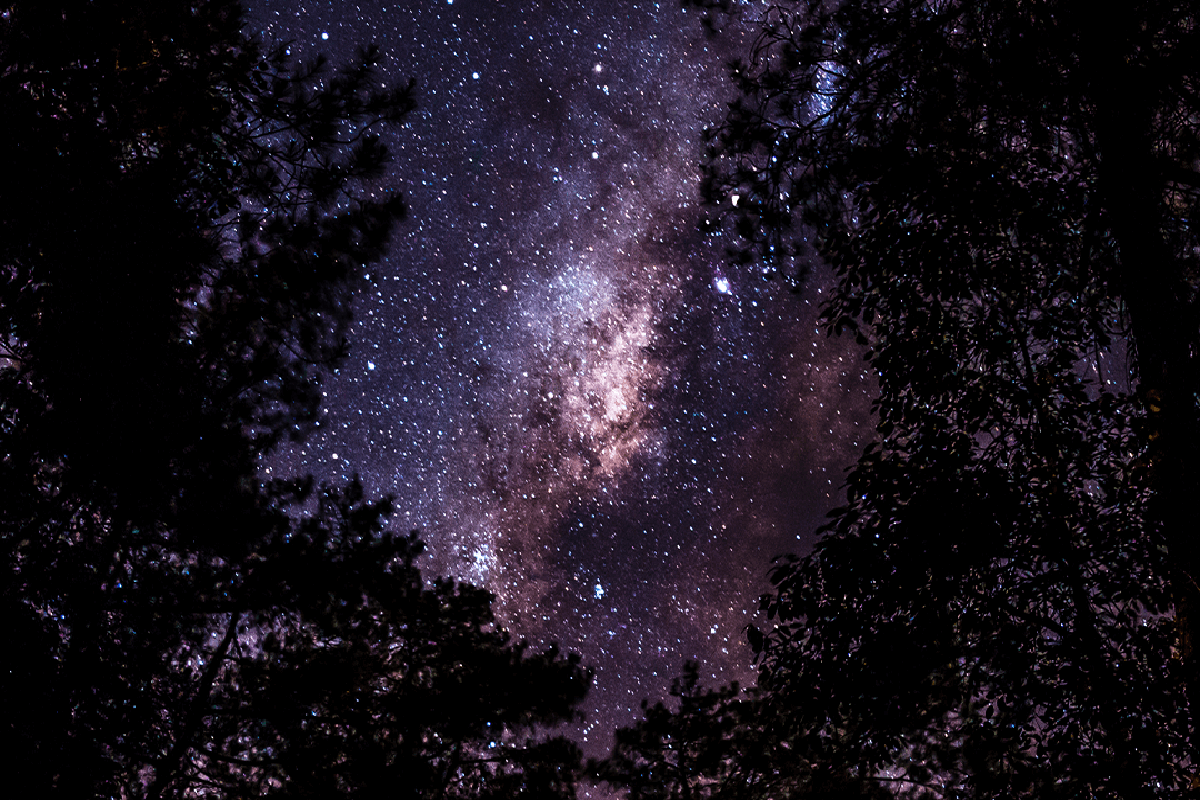- 10 September 2022
- No Comment
- 172
Interesting facts about Stars

Did you ever think about what the star looks like? People usually consider stars’ shapes as Pentagon but stars have spherical in shape. This signifies that stars are vast rondures of radiant gas. If a chunk of steel is put before these gleaming gases, the high temperature of these gases turns the piece of steel to dematerialize in flashes. The gases do vary in every star. It can range from thick to thin forms. This is due to how widely apart the atoms or particles of a substance are in the gas. However, matter does exist within the stars. For instance, we are aware that the Sun is home to more than 60 of the chemical elements found on the planet, including hydrogen, helium, iron, calcium, and magnesium.
The form of matter may be approximately liquefied enough. The substance in certain ancient stars may be so densely packed that a cubic inch of it might weigh a ton. All of this information can be discovered by astronomers using spectroscopes. The spectroscope examines the light emitted by a star to determine what kind of materials it contains and how many degrees of hotness it has. The different colors of the stars, white, blue, yellow, or red, indicate what chemical elements are present in them. The temperature of a star can be ascertained by the light it bequeathed. The illumination of stars has in direct relationship with the temperature they have.
HOW MANY STARS CAN WE SEE AT NIGHT?
Countless as the stars at night. This is the impression we get of the sky when we look up at night and see the stars but it may surprise you to know that only about six thousand stars can be seen without a telescope. That does not mean a person can look up and count six thousand stars because one-fourth of these six thousand stars are too far south to be visible in Western Europe. Merely one-half of them are detectable for a moment and can be notified from any location on earth because the other stars are probably underneath the horizon. Furthermore, haze is the reason a lot of stars can’t be seen.
So, what do we end up with? You would undoubtedly not be capable of counting more than a thousand stars. A camera linked to a telescope can snap photographs of the same sky. A high-resolution photograph from a telescope can be a great help for counting the observable stars found at any position of the sky, which can’t be seen with the unaided eye, and with time exposure, even more, stars will be added. Finally, by using a very powerful telescope, it would be possible to photograph more trillion stars! The stars must be granted a name with a recognition number if it’s magnificently identified in the sky. Proximal Centauri is one of the nearest stars.
WHAT MAKES THE STARS SHINE?
A star is a pellet of extremely hot gas which twinkles by its possessed light. You already know that the sun’s light is the only source of illumination for planets and our moon. And stars seem to twinkle while planets emit a constant light. Substances in the air between the star and the earth are to blame for this. The unsteady air bends the light iron the star, and then it seems to glimmer.
Why does our sunshine? Because it is a star! And not even a very big or bright star at that, perhaps medium-sized and medium-bright compared to all the other stars in the sky. There are countless numbers of stars smaller than the sun. Additionally, many stars are hundreds of times bigger than the sun. Only because they are so far away, they appear little.?
WHY ARE SOME STARS BRIGHTER THAN OTHERS?
There aren’t many variations between the stars as we look up at the sky. It seems like some stars are far vaster than the others while some are tinier. But we don’t exceedingly have any idea about the sensational discrepancies that occur amid them. One way of classifying stars is by their spectra spectrum is a breakdown of the light given off. Stars do vary from blue stars to red stars in this way. Our sun, which is in the center of the series, is thought to be yellow.
The outermost degree of temperature is found in blue stars and their size is a bit larger as compared to the other colored stars. Their surface temperatures may be as high as twenty-seven thousand seven hundred and fifty degrees or more. Our sun has medium bright having a surface of six thousand degrees. Red stars are rather cool and have surface temperatures of one thousand and thirty degrees or less. So that’s the reason we find some stars much more dazzling than others but we are unaware of their huge distance from the earth.



